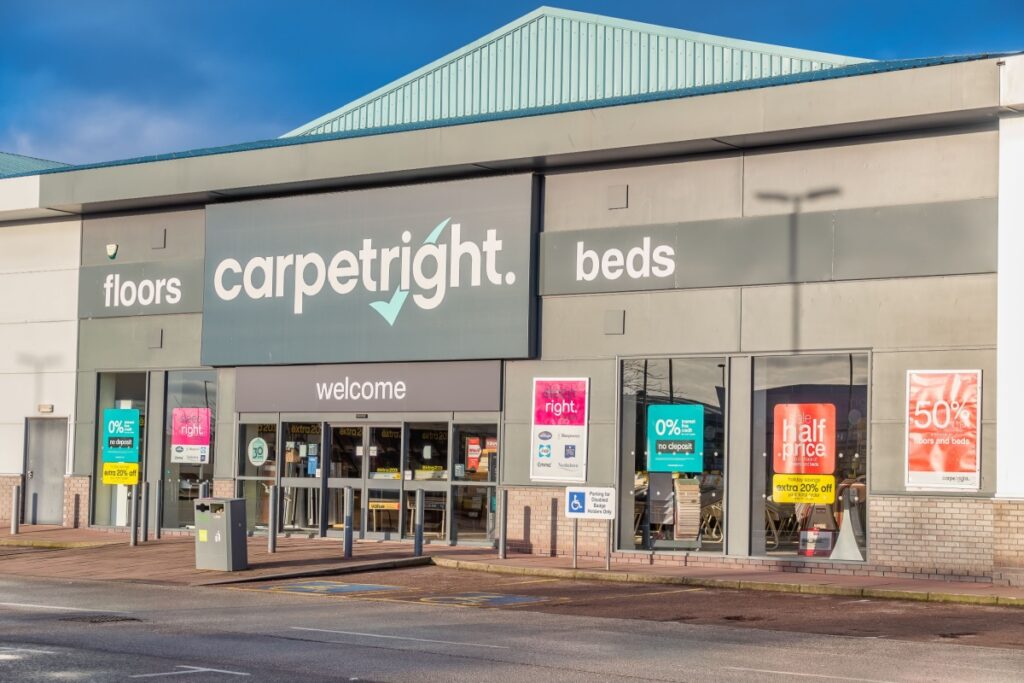In recent months the retail sector has seen a flurry of refinancing activity. Matalan, The Card Factory, Debenhams and B&M are amongst the retailers that have taken advantage of the economic upswing and improved liquidity in the market to restructure their borrowings.
With many facilities negotiated during the depths of the financial crisis now approaching maturity, securing access to the right funding at the right price can make a significant difference to a company‘s performance.
The benefits of a successful refinance include a reduction in borrowing costs, the release of capital which can used to fund growth plans or acquisitions, and perhaps most importantly of all, securing the businesses‘ financial structure for the medium to long term.
We expect to see more retailers refinance their debt in the second half of the year. After a long period of belt tightening, growth is now back on the agenda for many businesses. During the last six years a conservative approach to investment has meant that many retailers have not looked to alter their funding requirements, opting instead to focus on reducing costs and managing their existing balance sheet debt.
Retailers that are considering refinancing their existing borrowings or those looking to secure new sources of funding will find a diverse range of options available. Changes to the banking landscape, the emergence of non-bank lenders and the increasingly sophisticated borrowing requirements of larger businesses, have combined to create a varied suite of financing options from which retailers can select the most appropriate option for their business.
Whether it is public bond issues to third party investors, traditional bank finance or any other instrument, there has never been a better lending environment.
In this new environment several lesser known products are becoming increasingly popular with larger businesses. One such example is an accordion facility. This feature allows borrowers to increase their existing loan agreement to a pre-agreed limit. As the terms and conditions have already been agreed it means businesses can quickly access additional capital, usually within a couple of weeks, without the need to go through a full documentation process.
Another refinancing option is the amendment and extension of existing agreements. This is a good choice for retailers that are happy with their existing lenders but are keen to benefit from the improved market conditions since the original loan facility was put in place.
As the loan markets become more competitive more businesses are reviewing their funding facilities. For businesses that are one or two years into a five-year facility, renewing this agreement with its current lenders can be faster and more cost effective than a full refinance.
For those retailers considering a refinance the starting point is to provide detailed and current financial information and to develop robust forecasts with evidence to support the assumptions made in these predictions.
Businesses can better plan for growth if they have a good understanding of how lenders view their funding structures under different situations. As part of a productive banking relationship, lenders should conduct a peer analysis and explain how credit rating agencies view companies under different leverage scenarios. This situational analysis will enable businesses to understand which financial products are the most suitable and why.
The key to a successful refinance is preparation. Businesses need to determine what they wish to achieve before embarking on the refinancing process. Regular dialogue with other Chief Financial Officers, treasurers and advisors can provide valuable insight about what is happening in the market. Robust management information will enable them to move quickly should the need arise.
The final consideration is one of timing.
RELATED STORIES

















